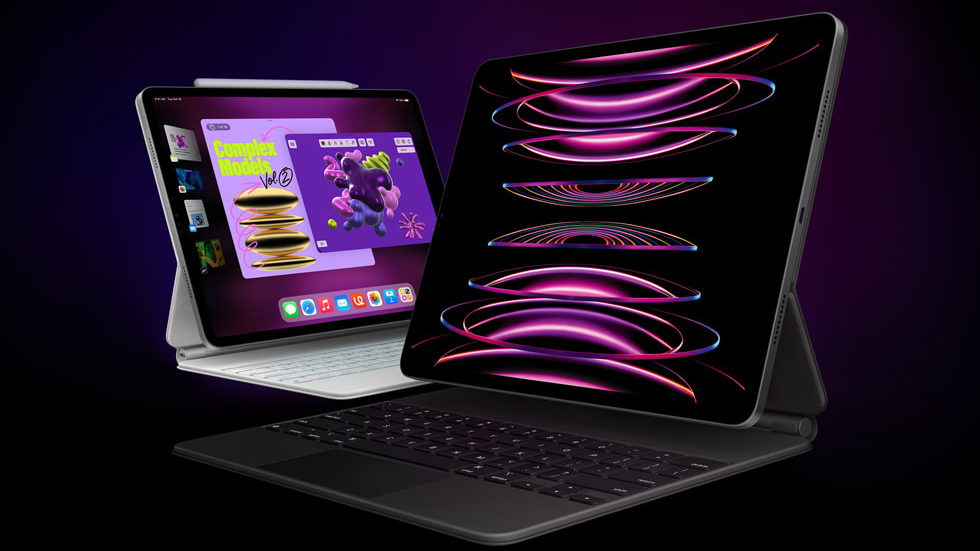The latest iPad Pro leak shows that thin is most definitely in
New CAD renders appear to confirm that the iPad Pros are getting seriously thinner thanks to their new OLED displays


We're expecting Apple to launch the 2024 iPad Pro any day now – multiple rumours suggest the iPad Pro launch date could be as soon as March, or April at the latest – and with the tablets so close to launch it's getting harder and harder for Apple to stop any details leaking. And that means we've got yet another apparently legitimate look at what the new iPad Pros are going to be like, and in particular how incredibly thin they're going to be.
The latest images are CAD renders, obtained by MacRumors, appear to come from third party accessory manufacturers who use those CAD files to make their iPad Pro add-ons. And the renders make it much clearer than any set of measurements that the new iPad Pros are going to be exceptionally thin.
How thin will the iPad Pros be?
According to previously leaked dimensions, which the new renders appear to corroborate, the 11-inch iPad Pro will drop from a thickness of 5.9mm to just 5.1mm. And the 13-inch, which replaces the 12.9-inch iPad Pro, will be thinner still: that's down from 6.4mm to just 5.0mm, so the difference there is going to be really noticeable.
The new thinness is likely to be down to the use of OLED panels, which are significantly thinner than even the most advanced LCDs. But there's more to OLED than just making tablets a bit less thick. It also delivers better colours, much deeper blacks and, crucially for workhorse devices, better battery life thanks to its reduced power consumption. Unlike traditional LCDs, which use a backlight for the whole display, OLED panels consist of individual pixels that are only lit when they need to be. We've already seen the benefits in the iPhone and in the Apple Watch, and now it's the best iPads' turn.
Although the renders don't cast any light on what's inside these new iPads, we're expecting a move to M3 chips for this year's models to keep them on a par with the M3 MacBook Pros, albeit not quite to the same level as the MacBooks that come packing M3 Max chips. Less excitingly, we're also expecting a price hike: OLEDs are more expensive than LCDs and Apple isn't expected to absorb that extra cost.
Get all the latest news, reviews, deals and buying guides on gorgeous tech, home and active products from the T3 experts
Writer, musician and broadcaster Carrie Marshall has been covering technology since 1998 and is particularly interested in how tech can help us live our best lives. Her CV is a who’s who of magazines, newspapers, websites and radio programmes ranging from T3, Techradar and MacFormat to the BBC, Sunday Post and People’s Friend. Carrie has written more than a dozen books, ghost-wrote two more and co-wrote seven more books and a Radio 2 documentary series; her memoir, Carrie Kills A Man, was shortlisted for the British Book Awards. When she’s not scribbling, Carrie is the singer in Glaswegian rock band Unquiet Mind (unquietmindmusic).
